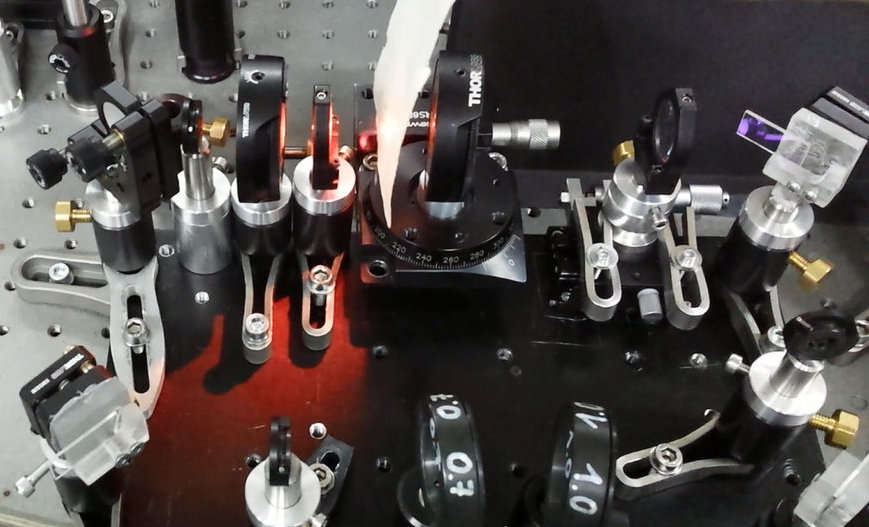Single Photon Applications
Realistic implementations of quantum communication (QC) protocols suffer from imperfections of our currently available setups, limiting the information transmission range. The most recent laboratory tests show that the properties of existing optical fibers, sources of single photons and their detectors limit the range of secure quantum communication for the distances up to 260 km. Due to a very good quality of the emitted light, huge flexibility in terms of its wavelength and relatively low cost, the most popular realistic single-photon sources are based on the spontaneous parametric down- conversion (SPDC) process. This kind of devices produce entangled pairs of photons, out of which one photon (called idler) can be sent to a heralding detector in the QC implementations and the other one (signal) can be used to distribute the secure key. Photons belonging to a given pair can be correlated in many degrees of freedom. Typically, they exhibit so-called spectral anticorrelations, which means that a little deviation of the frequency of signal photon from its central value corresponds to a similar deviation of the frequency of idler photon, but in the opposite direction. However, it is possible to generate two-photon states with positive spectral correlations [Opt. Lett., 39, 1481 (2014), Phys. Rev. A 94 , 013838 (2016)]. In this situation, the frequencies of signal and idler photons are always shifted in the same direction. Such a feature of a pair of photons can be used to reduce unwanted noise when transmitting information over long distances in fibers [Optica, 4, 84 (2017), Sci. Rep., 9, 3111 (2019)].
